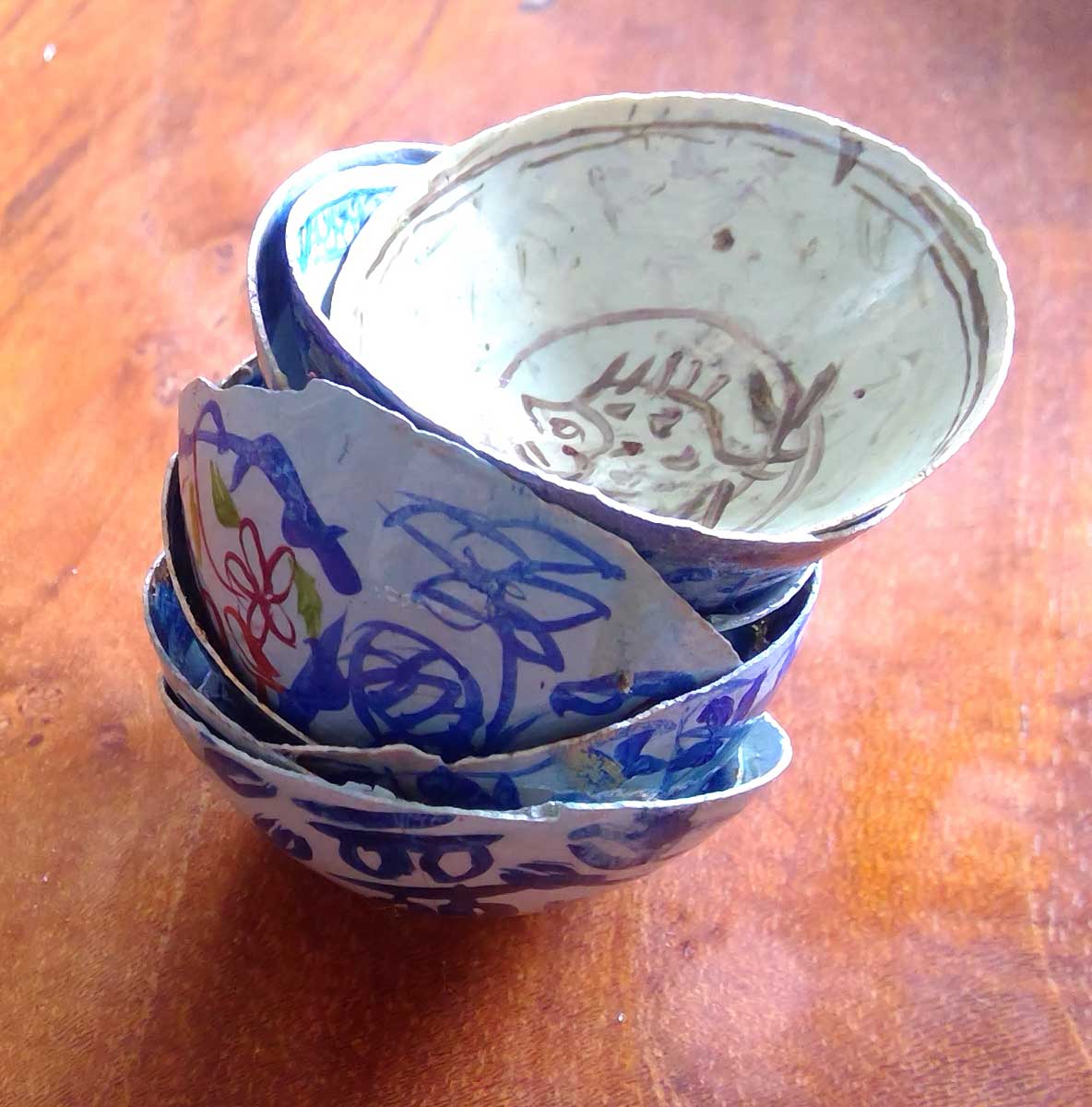When SEACS received a letter from a website visitor resident in the US, accompanied by a series of photographs, enquiring whether he had correctly identified a ceramic in his collection, we passed it on to our lifetime member who is a Thai ceramic expert, for her consideration. Here was her response….



“I am delighted to respond as ceramics, and especially Thai, are my favorite areas of research. Like you, I like so-called wasters. I first visited the kiln site in 1970 which at that time was unexcavated. The abundance of shards and wasters convinced me that I was standing on the grounds of an ancient kiln site. My research began there and then. I’ve published on details of the kilns (shape, location, contents, etc), for now, though, let’s discuss your piece.
“It is indeed a genuine waster and belongs to the period that the Sukhothai kilns were in operation, that is approximately between the 14th and 15th centuries, perhaps slightly later. It’s interesting that the form reminds you of a Japanese tea serving bowl. Many years ago, I was engaged to write an Introduction to a book, The Beauty of Fired Clay, Ceramics from Burma, Cambodia, Laos, and Thailand. I went to Japan to see the collection and the owner invited me to attend a tea ceremony in his home. It was conducted entirely using all Sukhothai ceramics! So, yes, there are similar aesthetics between Sukhothai and Japanese tea wares.
“Regarding the technical aspects of your piece, it is high-fired stoneware, and the body contains a high content of iron oxide. It was produced using an underglaze iron-decorated technique. To achieve this, a slip (traces are seen on the base of your piece) was applied to provide a light-coloured background for painting a design with iron pigment on to the dark body. A thin, transparent glaze was then applied over the decoration and slip.
“Irregular firing conditions resulted in varying tones of the iron pigment, and the Sukhothai glaze is marked by a fine-line crazing (such as yours)), pin holes (also seen on yours) that resulted from the bursting of gas bubbles. An opaque, or milky appearance to the glaze is due to crystallization. The texture of the fired clay is coarse, granular, and dotted with white flecks of quartz. As to the design, a single-stemmed flower (often three-petaled) surrounded by abstract leaves and a geometric border is a graceful interpretation of a floral motif. This motif and border are close to the same interpretation in Vietnamese wares.”
SEACS thanks life-time member Dawn Rooney, for her shared expertise. Dr. Rooney is the author of many books on Angkor, Thai and Southeast Asian ceramics, including Ceramics of Seduction and Khmer Ceramics: Beauty and Meaning.





